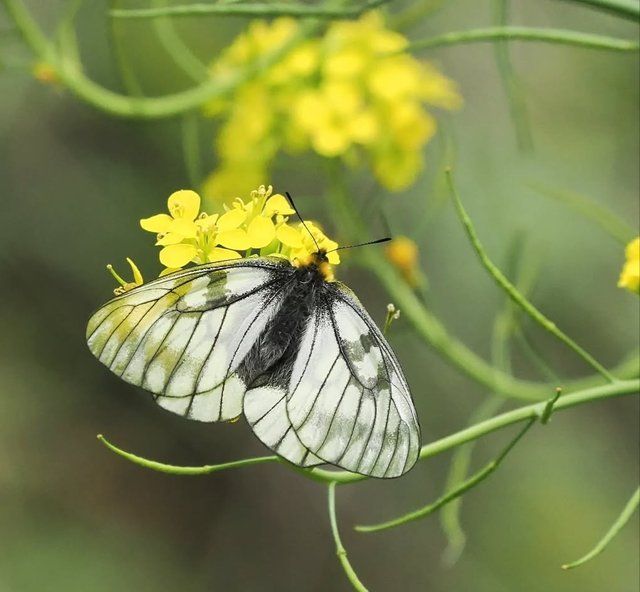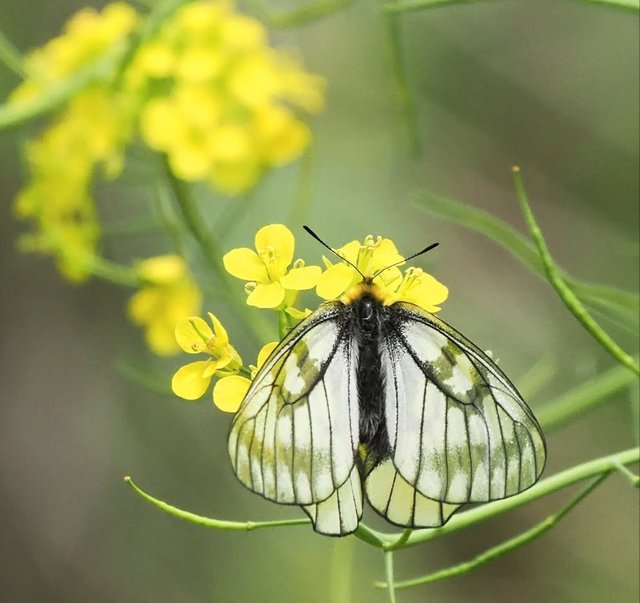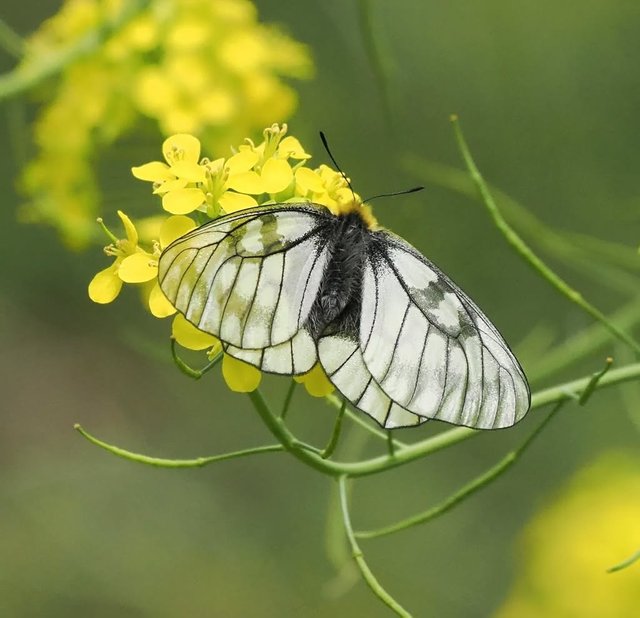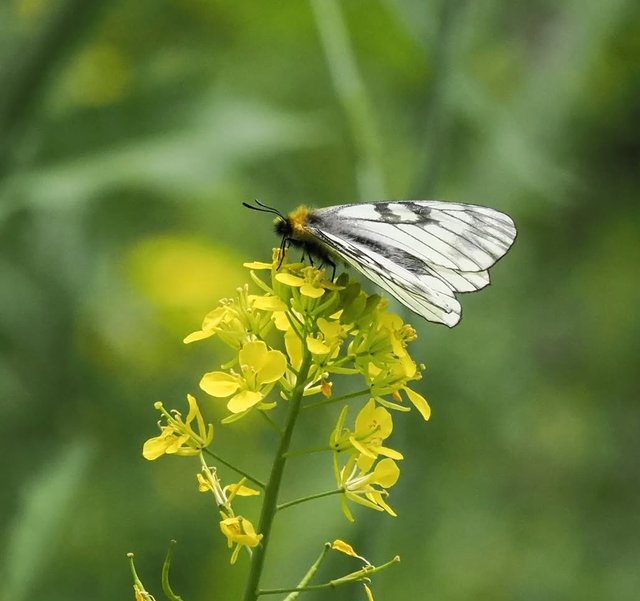Clouded Apollo So Cute Insect
Apollo:Clouded Apollo: A Mysterious Beauty in the Wild
Among the enchanting creatures that inhabit the wildflower meadows and forest edges of Europe, the Clouded Apollo stands out with an aura of delicate mystery. This beautiful butterfly, a member of the swallowtail family, exudes a soft, ethereal charm that captivates naturalists and butterfly enthusiasts alike.
Appearance and Identification
The Clouded Apollo is an elegant butterfly with a predominantly white, translucent appearance. Unlike many of its more vividly patterned cousins, it lacks the bold, colorful markings typically associated with swallowtails. Instead, its wings are a milky white, almost ghostly, edged with a soft, sooty gray. The forewings may have a few faint black spots, but these vary considerably between individuals and populations. The hindwings are rounded and gently bordered in dark gray, lacking the tails that many swallowtails display.
This understated beauty allows the Clouded Apollo to almost blend into its surroundings, moving like a pale whisper through shady glades and sun-dappled meadows.
Habitat and Range
The Clouded Apollo’s range stretches across a wide band of Eurasia, from central and eastern Europe into parts of Asia, including the foothills of the Himalayas. However, its distribution is patchy, closely tied to specific habitat needs. It favors open woodland, flowery clearings, and damp meadows — places where light and shadow intermingle.
Crucially, it depends on the presence of its larval food plants: species of Corydalis, delicate plants that often grow in moist, shaded spots. Without these plants, the Clouded Apollo cannot reproduce successfully, making its habitat requirements quite specific and somewhat vulnerable.
Life Cycle and Behavior
The Clouded Apollo has a relatively simple life cycle, with one generation per year in most of its range. Adults emerge in late spring to early summer, often between May and July depending on the latitude and altitude. They are diurnal, fluttering gently through their habitat in search of nectar sources and mates.




%20(10).jpeg)